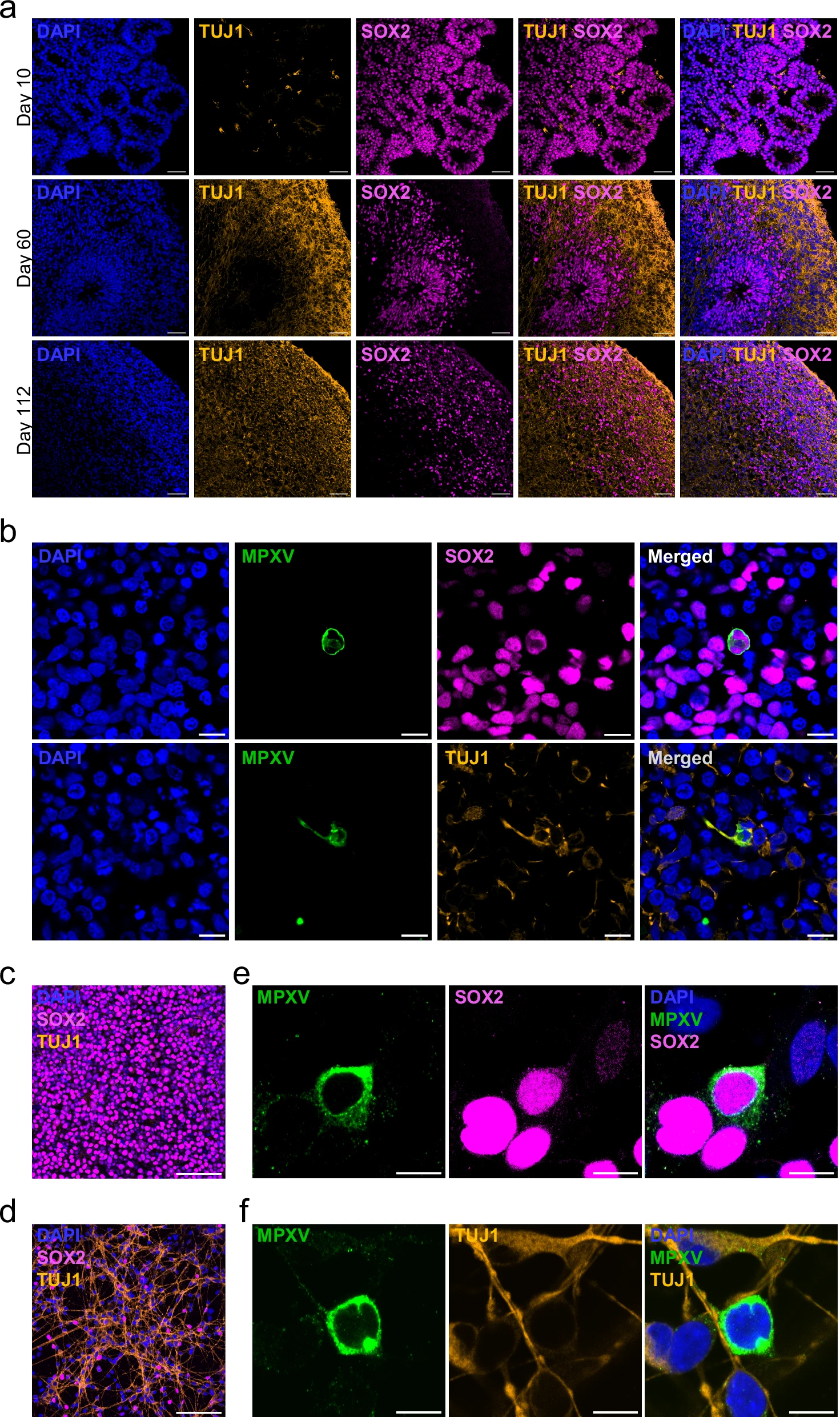if insects are scared of superwood how toxic is it? What is it
off-gassing? There already was a Super-wood plant made by
Georgia-Pacific in Cloquet, MN. My dad did legal work for them at one
time. I went there as a kid - probably 10 years old. Yeah we went to the
Bemidji mn plant because we got a small airplane ride also. A flying
lesson! Now it's a Superfund site! SUPERWOOD CORPORATION NUPLY DIVISION (EPA ID: MND057604563)
Site Information
Site Info | Aliases | Operable Units | Contaminants | Contacts
Administrative Records | Reports and Documents
Site Name: SUPERWOOD CORPORATION NUPLY DIVISION
Street: MIDWAY DRIVE
City / State / ZIP: BEMIDJI, MN 56601311 N.W.2d 159 (1981)
SUPERWOOD CORPORATION, Plaintiff, v. SIEMPELKAMP CORPORATION and G. Siempelkamp & Company, Defendants.
No. 51867.
Supreme Court of Minnesota.
October 2, 1981.
*160 Robins, Zelle, Larson & Kaplan, Robert M. Wattson and David Evinger, Minneapolis, Dorsey, Windhorst, Hannaford, Whitney & Halladay, William J. Hempel, Philip M. Chen, and Stephen R. Duerr, Minneapolis, for plaintiff.
Faegre & Benson, Norman R. Carpenter, Robert L. Schnell, Jr., and Brian B. O'Neill, Minneapolis, for defendants.
Parties Involved:- G. Siempelkamp & Company (Defendant)
- Superwood Corporation (Plaintiff)
- Siempelkamp Corporation (Defendant)
Case Type: CivilJurisdiction: Supreme Court of MinnesotaDisposition: OtherDispute Synopsis:
Superwood brought an action in Federal District Court in 1979 based on
negligence, strict products liability, breach of warranty, and breach of
contract. Superwood Corporation purchased a hot plate press
manufactured by G. Siempelkamp in 1954. The press operated without
problems from 1954 to 1975. In 1975, the cylinder on the hot plate press
failed and could not be repaired. The federal court granted summary
judgment for the defendant on the contract and warranty claims due to
statute of limitations. Superwood sought $616,716 in damages for damage
to the press and lost profits.Outcome: The
Minnesota Supreme Court answered the certified questions in the
negative, holding that economic losses arising out of commercial
transactions, except those involving personal injury or damage to other
property, are not recoverable under the tort theories of negligence or
strict products liability.Winning Party: Siempelkamp Corporation (Defendant)Judges: Scott, Yetka, Sheran

